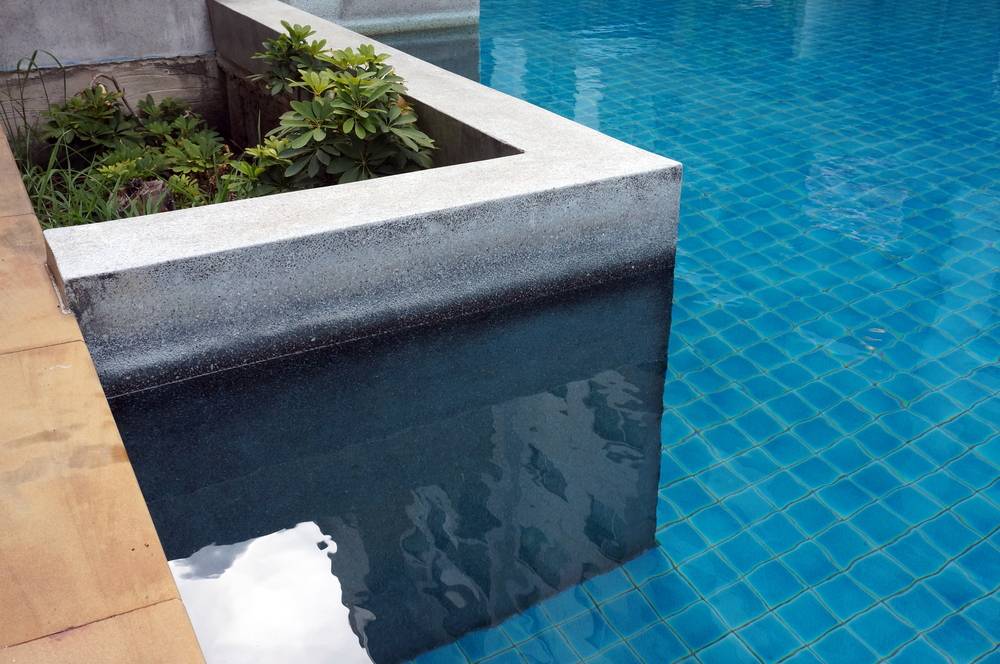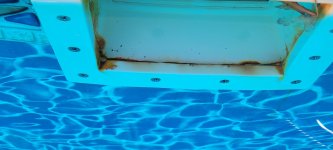- Mar 20, 2023
- 250
- Pool Size
- 30000
- Surface
- Vinyl
- Chlorine
- Salt Water Generator
- SWG Type
- CircuPool Universal40
I've got what I believe are rust stains in the pool. Last year, there was some noticeable around the skimmer housing, but that was about it and I didn't really worry about it. This year, I put a protective mat under the removable steps and seat I installed, and when I pull them up to clean, there is slight orangish staining evident next to where I can see the bright blue liner where the mat was. I also noted some rust spots on the vacuum skimmer cover (it is in place most of the time, as it runs a suction cleaner most of the time.)
Took a sample of water to the pool store (I'm pretty sure I've seen that this one test can be OK there... ha ha) I was told that the iron is 0.1 (ppm I suppose) I don't remember the copper number (forgot to write it down), but it was trace. For reference, I took a sample of fill water from the kitchen sink and it was at copper 0.7 and iron 0.2. I suppose all the rain we've gotten this summer probably accounts for pool being slightly lower for both.
Could it be something else?
I have just now seen recommendations of vitamin C in a sock-- is it really just dumping vitamin C supplement tablets in a sock and trying to rub the stain off? I tried one tablet a few weeks ago, but it appeared that might have actually been scratching the pattern on the liner so I quit.
Took a sample of water to the pool store (I'm pretty sure I've seen that this one test can be OK there... ha ha) I was told that the iron is 0.1 (ppm I suppose) I don't remember the copper number (forgot to write it down), but it was trace. For reference, I took a sample of fill water from the kitchen sink and it was at copper 0.7 and iron 0.2. I suppose all the rain we've gotten this summer probably accounts for pool being slightly lower for both.
Could it be something else?
I have just now seen recommendations of vitamin C in a sock-- is it really just dumping vitamin C supplement tablets in a sock and trying to rub the stain off? I tried one tablet a few weeks ago, but it appeared that might have actually been scratching the pattern on the liner so I quit.






